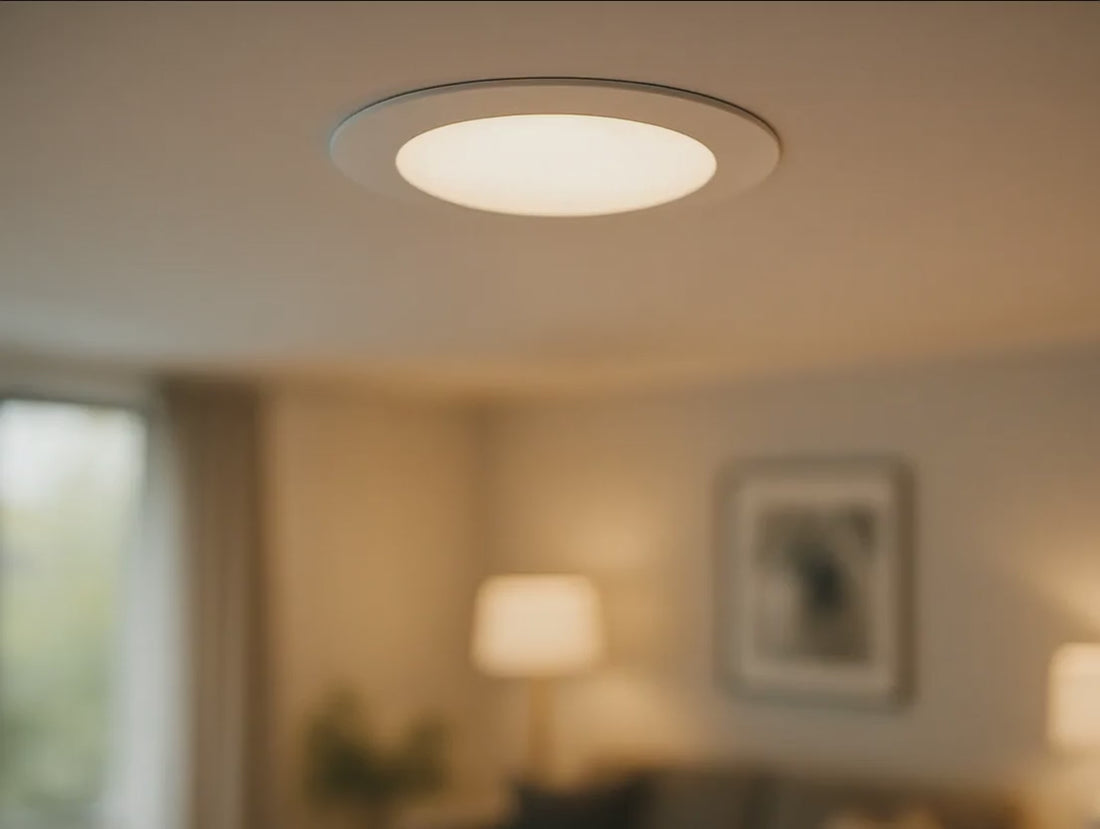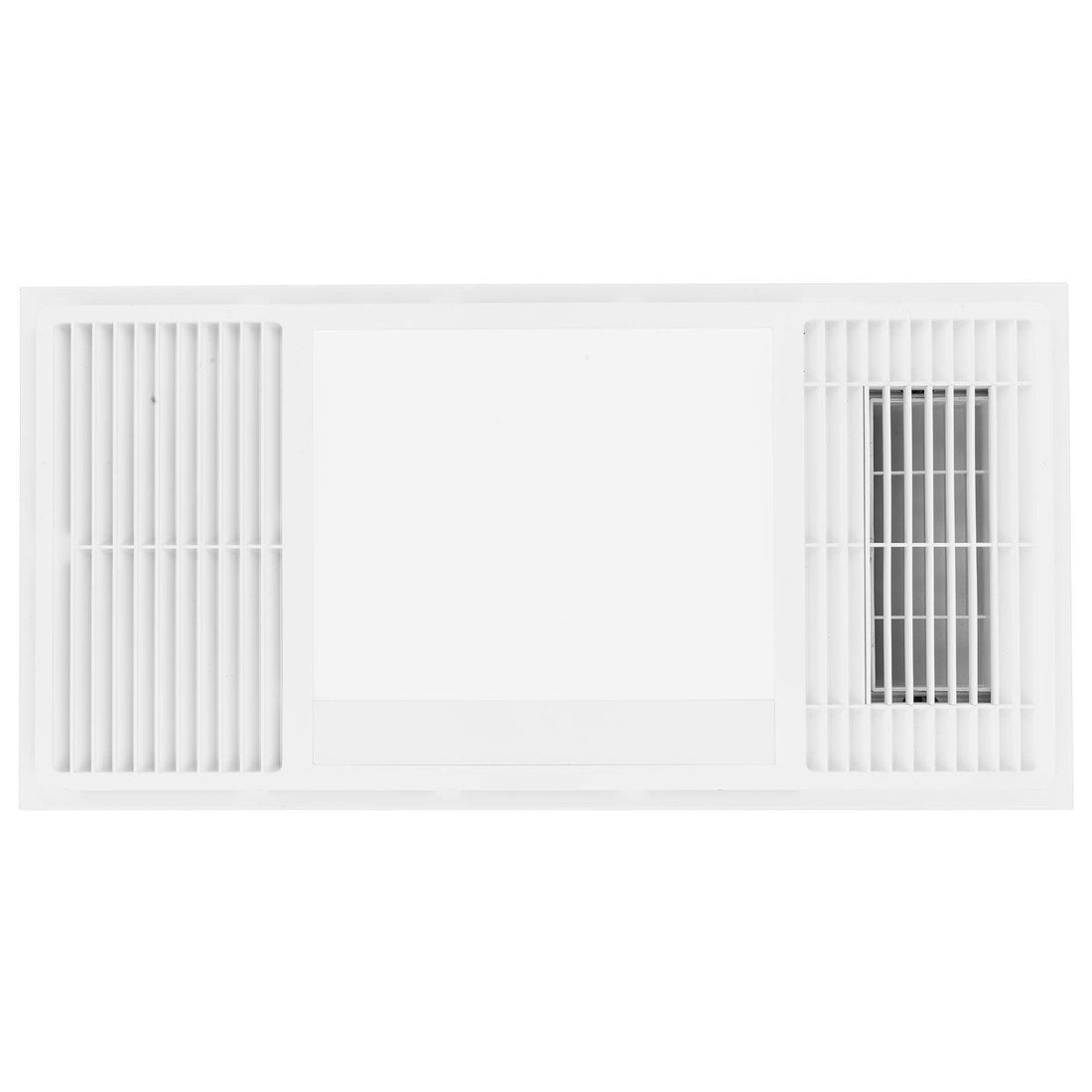Understanding Lighting Terminologies - Lumens, Watts and CRI

Lumens v Watts
Lumens is the measurement of the total light output emitted by a fixture or globe. The higher the lumen rating, the brighter the light. The lower the lumen rating, the duller the light.
Watts is the measurement of the amount of power consumed by the light fitting in order to function. When it comes to traditional incandescent globes the general rule is that the higher the wattage, the brighter the light. However, the use of LED or energy efficient globes allows you to use light fixtures that reduce your power consumption without a reduction in light output.
As globes & light fittings are produced in varying levels of watts/lumen ratios, it is best when buying a product to not only ensure it is within the wattage recommended by the supplier, but also pay close attention to the lumen performance to ensure you are using a globe that performs appropriately.

Colour Rendering Index
Colour Rendering Index (CRI) is the rating given to a light source’s ability to reveal the true colour of an object to the human eye in comparison to a natural light source. The CRI of a product is reflected as a rating between 0 – 100. The higher the rating, the better the colour rendering ability of the globe. Light sources that rate between 85 and 90 are considered to have good colour rendering ability. Globes above 90 CRI have excellent colour rendering ability

Colour Temperature
Colour Temperature is the means of determining the light appearance provided by a light globe or fixture. It is usually measured in degrees Kelvin (K). Typical colour temperatures used within the Australian market are as follows:
Warm white – 2000K to 3000K
Neutral white – 3100K to under 4500K
Cool white – 4600K to 5900K
Daylight – 6000K plus
Globes with warmer colour temperatures are usually suitable for living rooms, kitchens and bedrooms. Globes with neutral, cool or daylight colour temperatures are suitable for garages, basements, studies and bathrooms.














